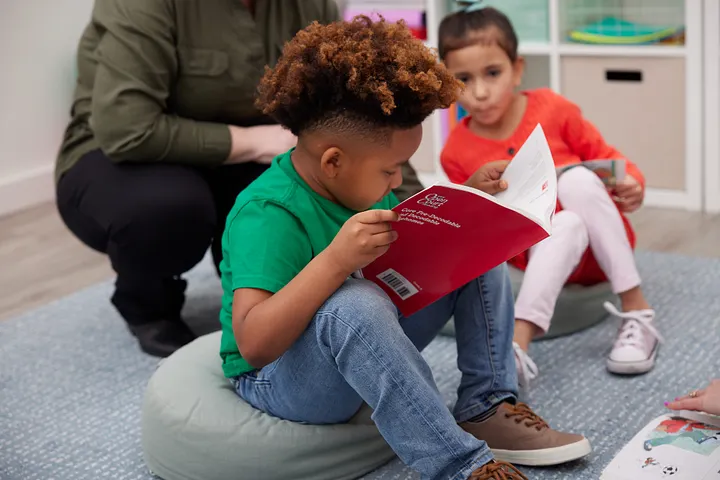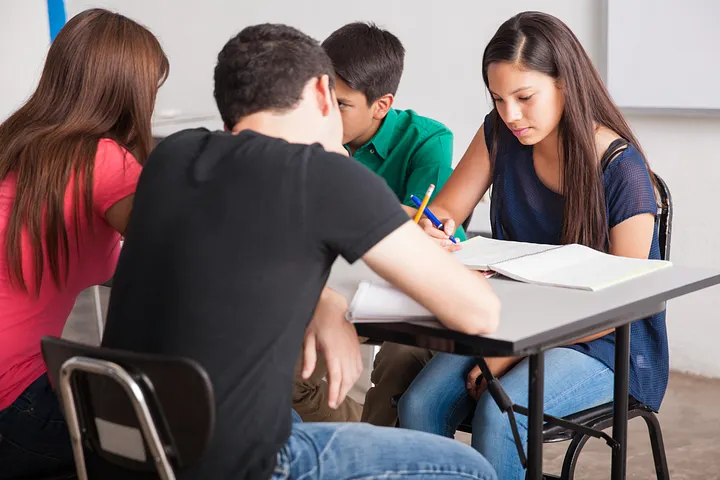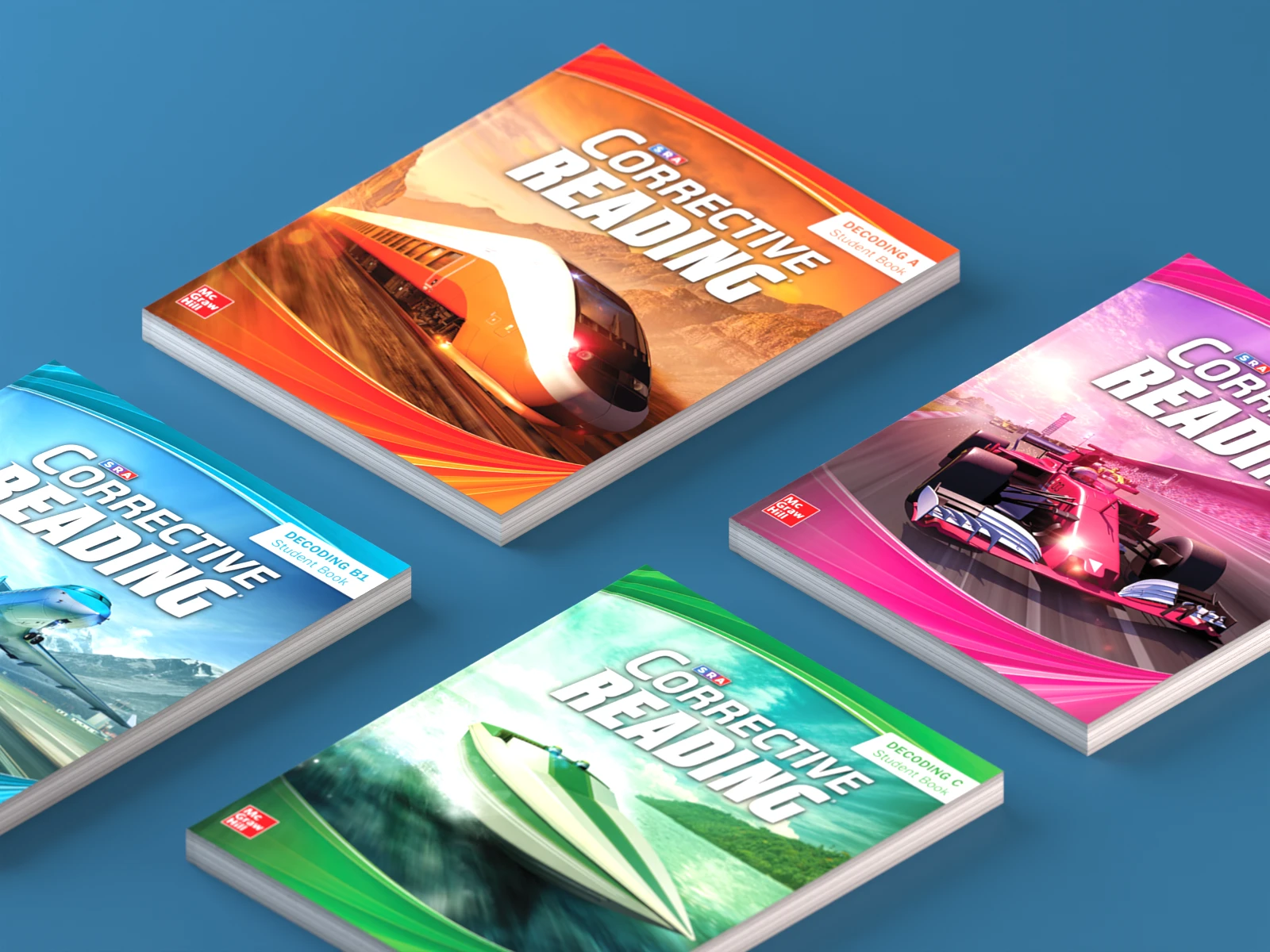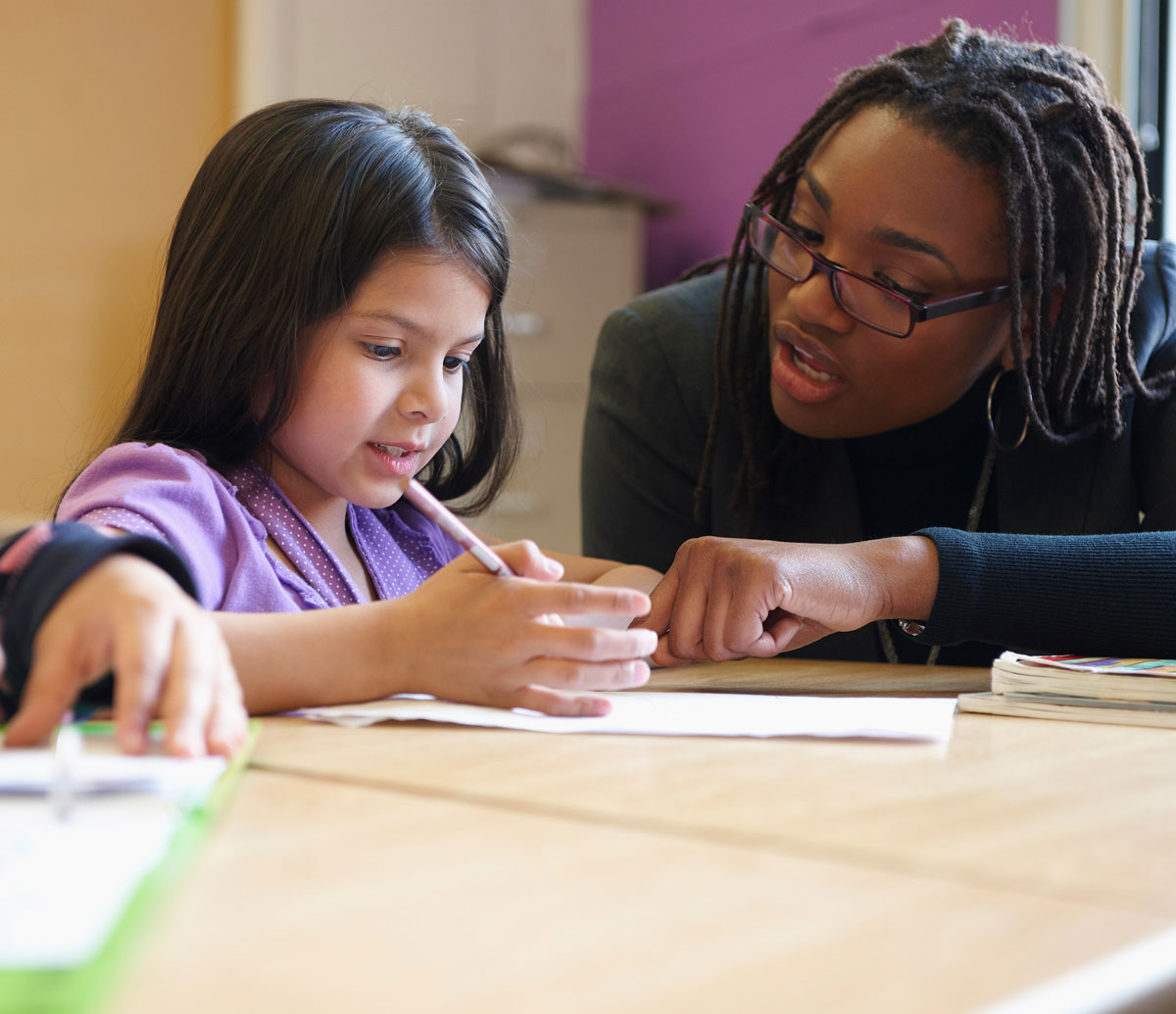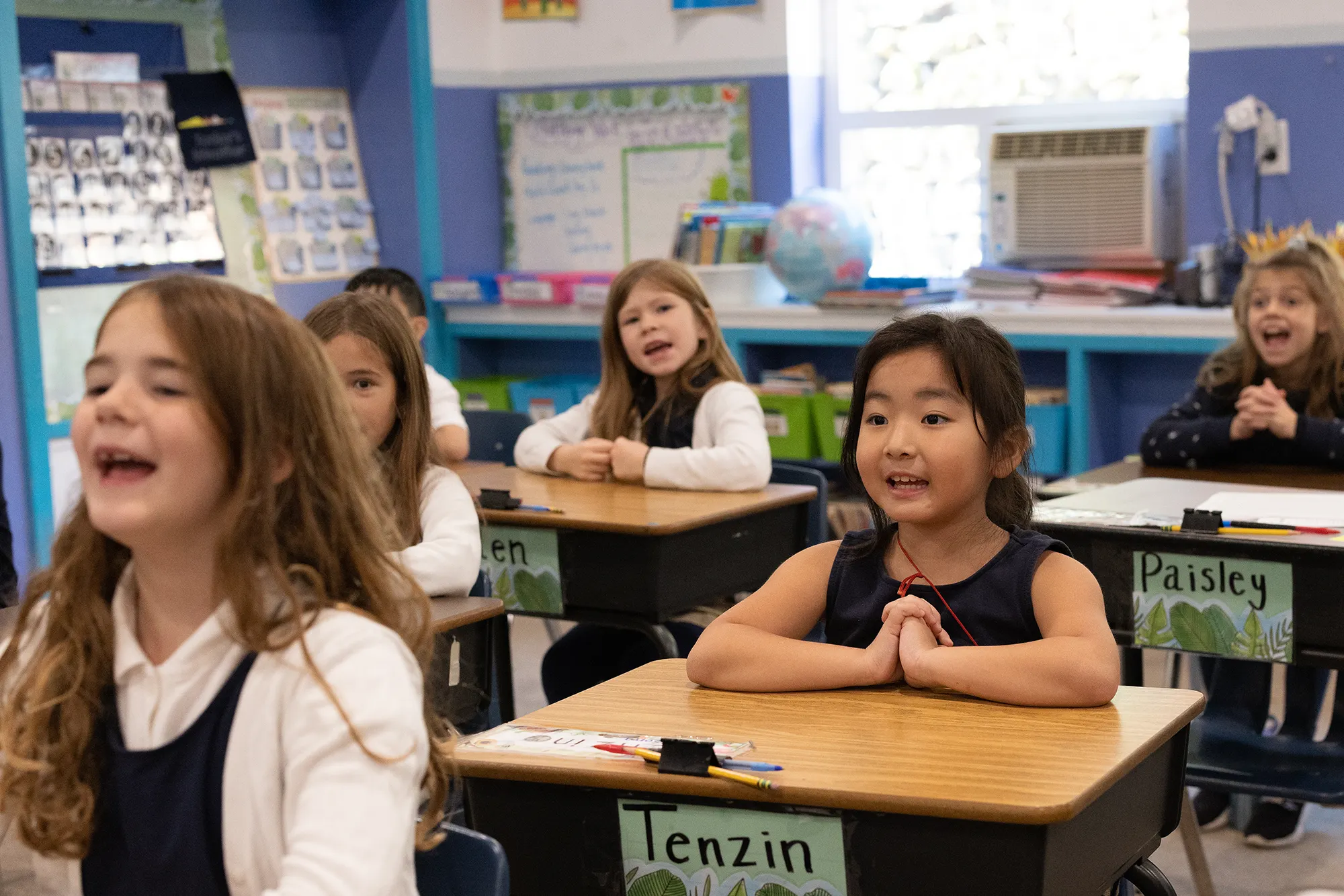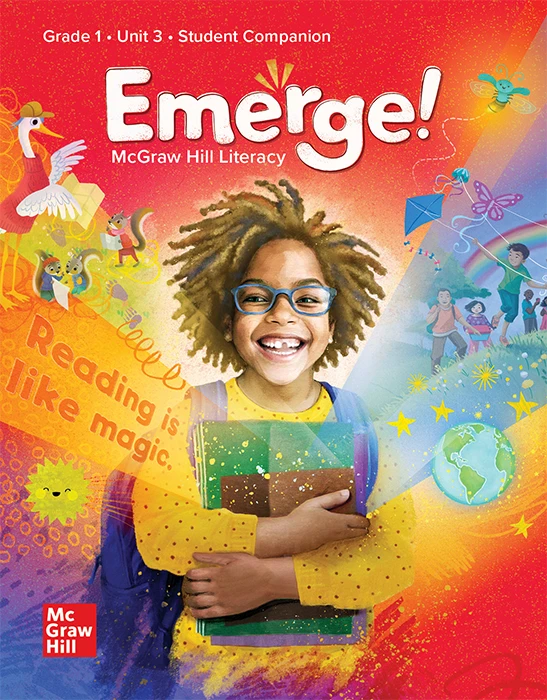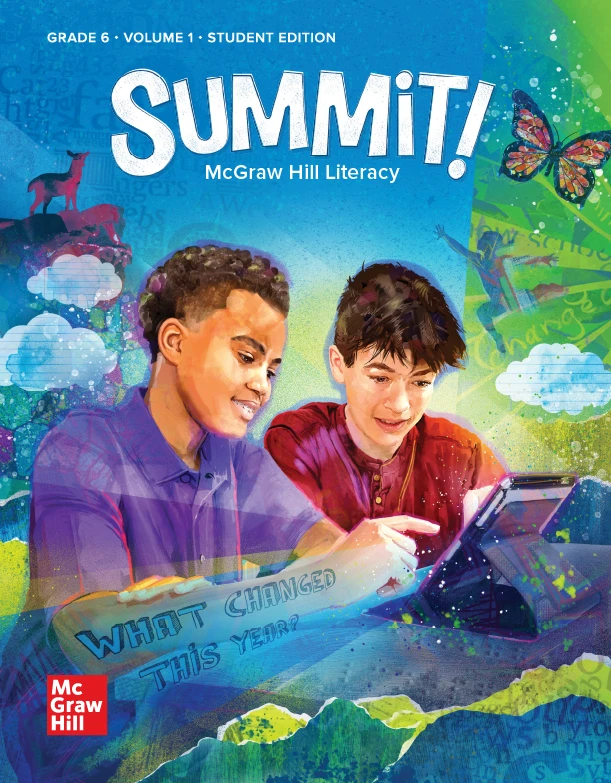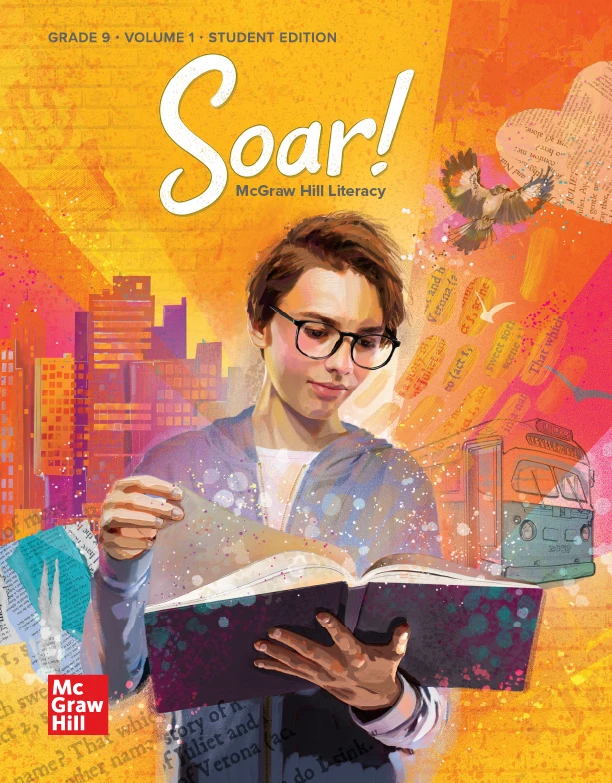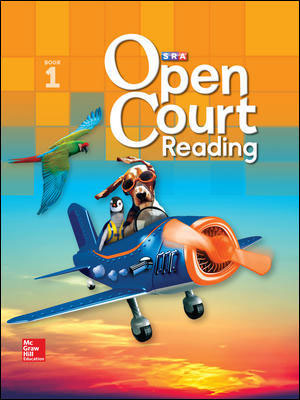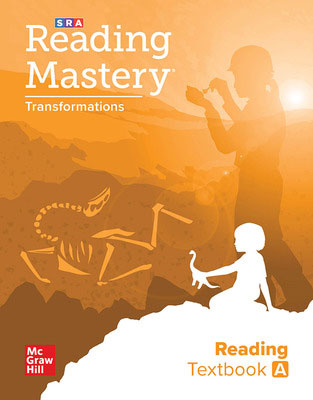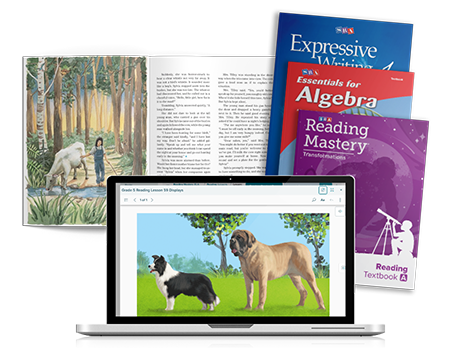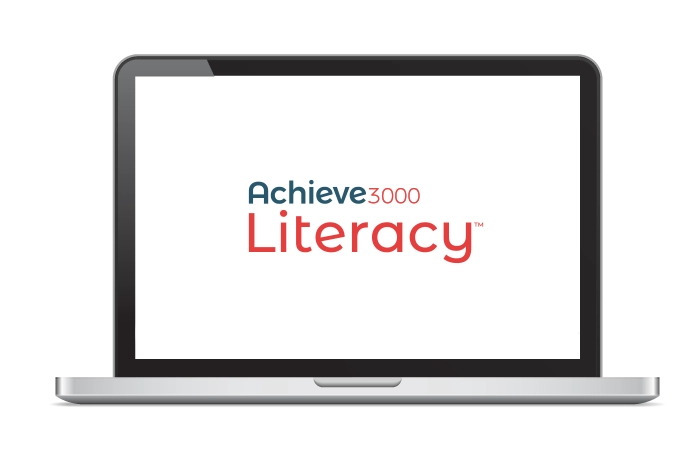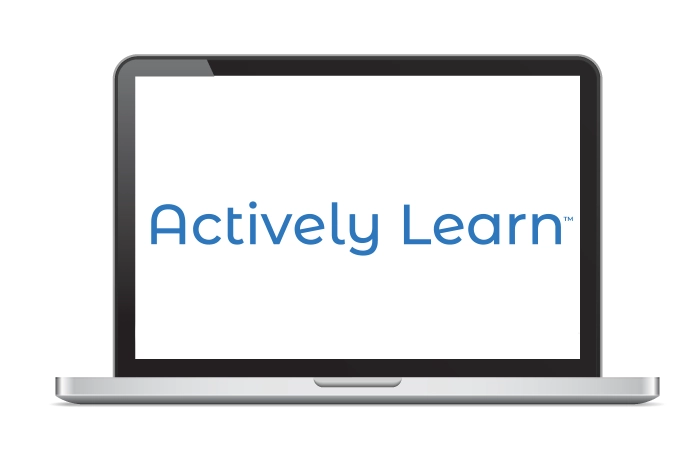Resilient, Empowered Learners
Every student deserves to feel that they belong at school – as a community, as an experience, as a place.
We approach literacy instruction with the understanding that the ability to read, write, and communicate effectively and with confidence is the key to that sense of belonging. Our literacy programs are carefully designed to foster self-efficacy, or a student’s ability to use their knowledge and skills to complete tasks, overcome obstacles, and achieve their goals. By leveraging what we know about learning science, our programs use AI-powered technology, engaging activities, strategically designed lessons, and student-teacher interactions to ensure every learner – including our most fragile – is engaged, motivated, and self-efficacious.
When every learner’s contribution to the classroom is framed as an asset, when they can see themselves reflected in what they read, and when they hold a fundamental belief in their ability to succeed in school, literacy truly becomes a pathway to possibility.

